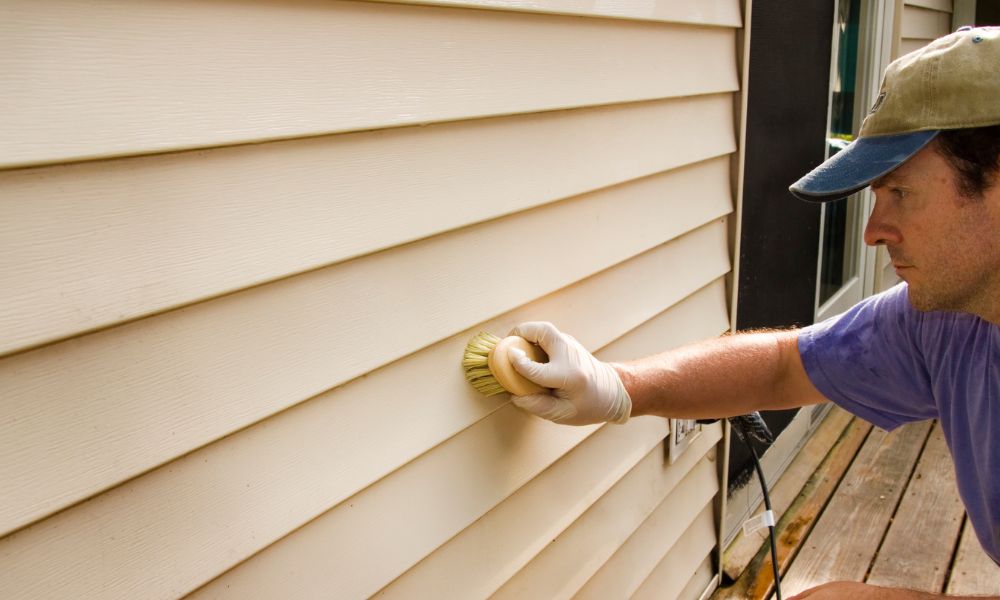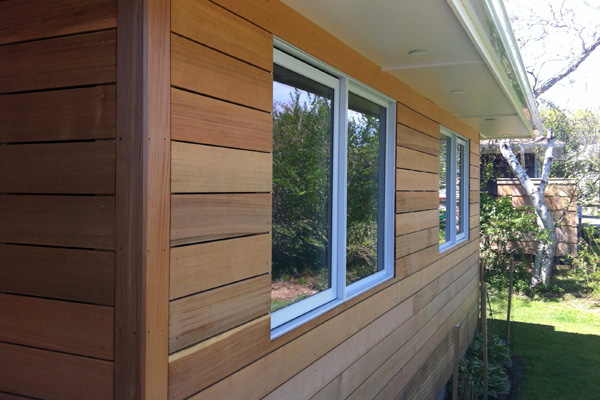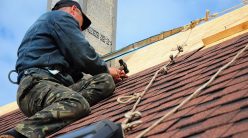
When it comes to choosing siding materials for homes, plywood siding continues to be a popular choice due to its affordability, versatility, and aesthetic appeal. But, like any material, it comes with both benefits and limitations. In this article, we’ll take an objective look at the pros and cons of plywood siding, supported by industry data and expert insights, to help you decide whether it’s the right option for your home.
What is Plywood Siding?
Plywood siding is an exterior cladding material made from thin layers of wood veneer bonded together with adhesive. The layers are arranged with alternating grain directions to enhance strength and stability.
It’s widely used for residential homes, sheds, and light commercial structures due to its cost-effectiveness and adaptability.
Alternative Names:
Key Data Point: According to a report from the National Association of Home Builders (NAHB), plywood siding accounts for approximately 20% of residential siding installations in North America.
The Pros of Plywood Siding
Cost-Effective Material
- Plywood siding is generally more affordable than fiber cement or metal siding.
- Lower material and labor costs make it a budget-friendly choice for homeowners.
Data Insight: On average, plywood siding costs $2–$5 per square foot, while fiber cement siding can range from $6–$13 per square foot.
Strength and Structural Integrity
- The cross-grain construction makes plywood siding highly resistant to cracking and warping.
- It can support additional weight, making it suitable for fixtures, lights, or decorative elements.
Fact: Plywood siding has a 25–30% higher tensile strength compared to standard wooden panels.
Versatility in Design
- Available in various textures, finishes, and patterns.
- Can be painted or stained to match different architectural styles.
- Suitable for both modern and rustic home designs.
Example: Textured plywood siding can mimic the appearance of traditional wood grain while offering increased durability.
Easy Installation and Maintenance
- Lightweight panels make it easier to transport and install.
- Repairs and replacements are relatively straightforward.
Maintenance Tip: Regular sealing and repainting every 5–7 years can extend the lifespan of plywood siding significantly.

- Sustainable and Eco-Friendly
- Made from natural, renewable wood sources.
- Many manufacturers follow Forest Stewardship Council (FSC) guidelines for sustainable forestry.
- Biodegradable at the end of its life cycle.
Sustainability Stat: Over 60% of plywood siding products in North America are sourced from sustainable forestry initiatives.
The Cons of Plywood Siding
Vulnerability to Moisture
- Plywood siding is susceptible to water damage if not properly sealed or maintained.
- Prolonged exposure to moisture can cause swelling, warping, or rot.
Expert Advice: Use moisture-resistant coatings and ensure proper ventilation during installation.
Limited Lifespan Compared to Other Materials
- While durable, plywood siding has a shorter lifespan compared to metal or fiber cement siding.
- Expected to last around 20–30 years with consistent maintenance.
Comparison Insight: Fiber cement siding can last up to 50 years with minimal upkeep.
Susceptibility to Insects and Pests
- Untreated plywood siding can attract termites and other wood-boring insects.
- Requires regular inspections and pest control treatments.
Tip: Opt for plywood siding that’s pre-treated with insect-repellent coatings.
Regular Maintenance is Necessary
- Needs consistent sealing, staining, or painting to prevent weather damage.
- Neglecting maintenance can lead to costly repairs.
Maintenance Fact: Homeowners spend an average of $200–$500 annually on plywood siding upkeep.
Fire Resistance Limitations
- Untreated plywood siding is highly flammable.
- Fire-retardant treatments can reduce flammability but add to the overall cost.
Fire Safety Note: Consider fire-rated plywood panels in wildfire-prone areas for added protection.
Plywood Siding vs. Other Siding Materials
| Material | Cost (per sq ft) | Lifespan | Maintenance | Sustainability |
| Plywood Siding | $2–$5 | 20–30 years | High | High |
| Fiber Cement | $6–$13 | 50 years | Low | Moderate |
| Vinyl Siding | $3–$8 | 30–40 years | Low | Low |
| Metal Siding | $7–$15 | 40–50 years | Low | Moderate |
Key Takeaway: Plywood siding is an excellent mid-range option that balances cost, sustainability, and ease of installation.
Is Plywood Siding Right for Your Home?
Choose Plywood Siding If:
✅ You’re on a budget but don’t want to compromise on durability.
✅ You prefer a natural wood aesthetic.
✅ You’re ready to commit to regular maintenance.
Consider Alternatives If:
❌ You live in an extremely humid climate.
❌ You want a low-maintenance siding option.
❌ Fire resistance is a top priority.
Conclusion: Balancing Pros and Cons
Plywood siding offers an affordable, durable, and versatile option for homeowners looking to upgrade their home exteriors. However, its success depends on proper installation, regular maintenance, and the right environmental conditions.
When thoughtfully chosen and well-maintained, plywood siding can provide years of dependable performance and visual appeal.
Final Takeaway: For those willing to invest time in upkeep, plywood siding remains a practical and aesthetically pleasing choice for modern homes.






